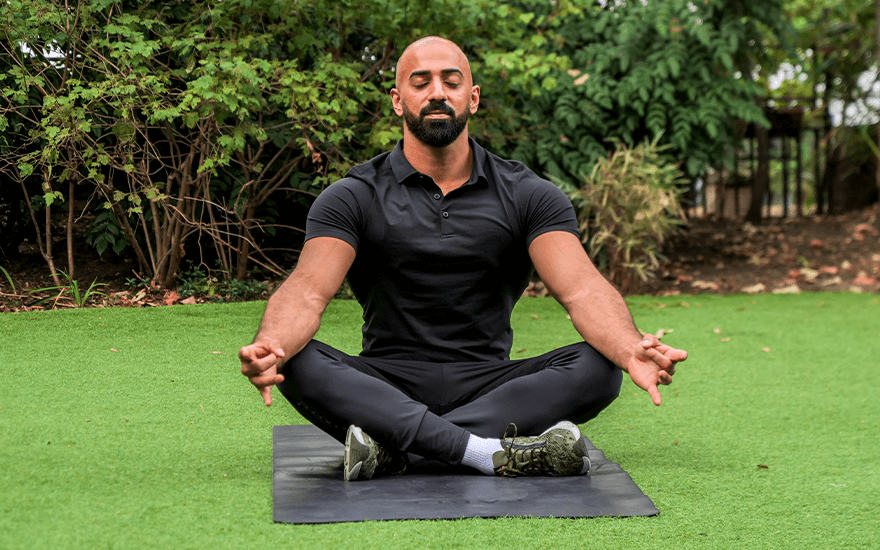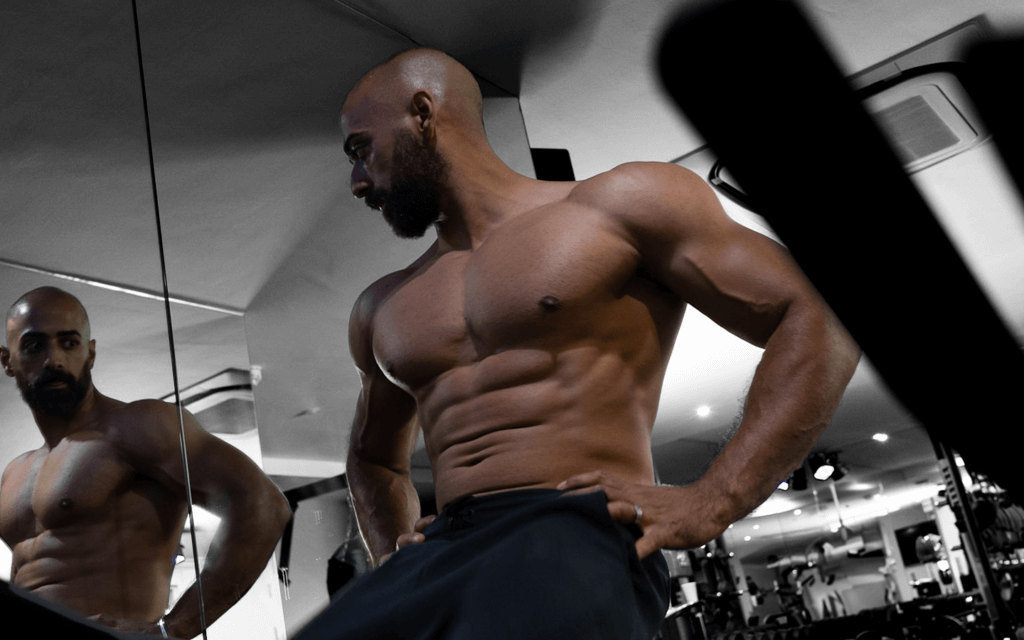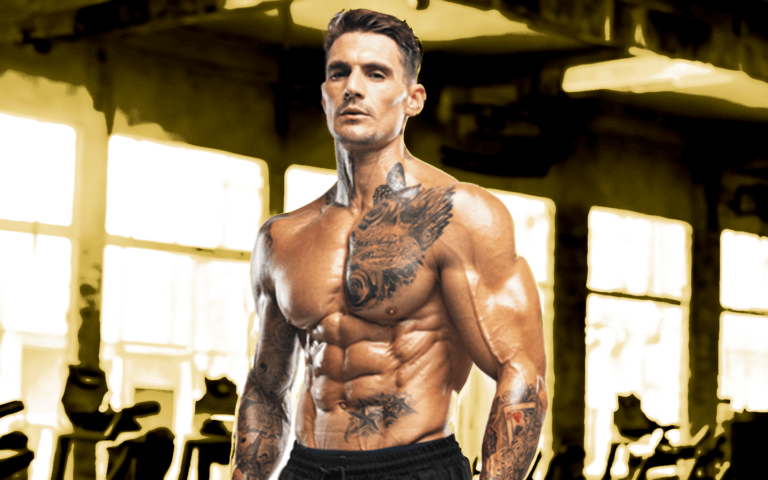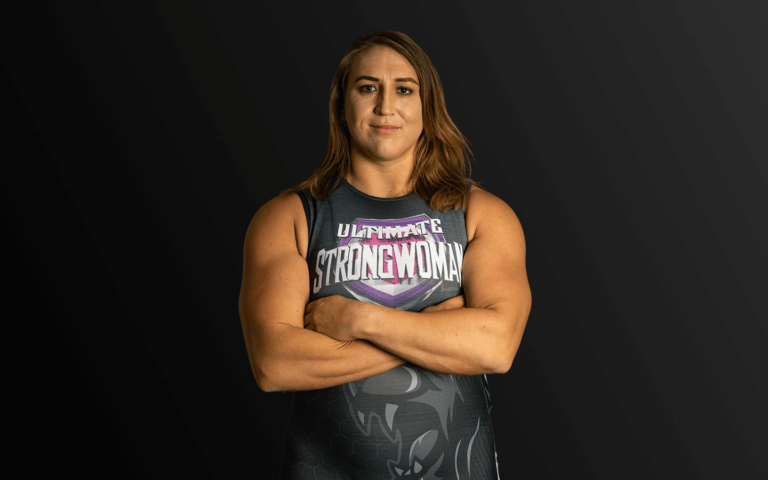Creating progressive overload is the key to building size and strength. But how can we do this both inside and outside of the gym without picking up increasingly heavy weights?
“Performing progressive exercises doesn’t have to mean adding weight to a bar, or holding a heavier dumbbell,” explains Ali Malik, top personal trainer and founder of Fit Lab Kensington.
“There are a number of ways to progress your workouts, such as doing things like changing the way you hold the equipment, altering your stance or starting position, or adding another component to the exercise. This means we’re training both our muscles and our nervous systems to adapt quickly, hold awkward items of varied weights, move in all planes of motion, and be able to react quickly.”
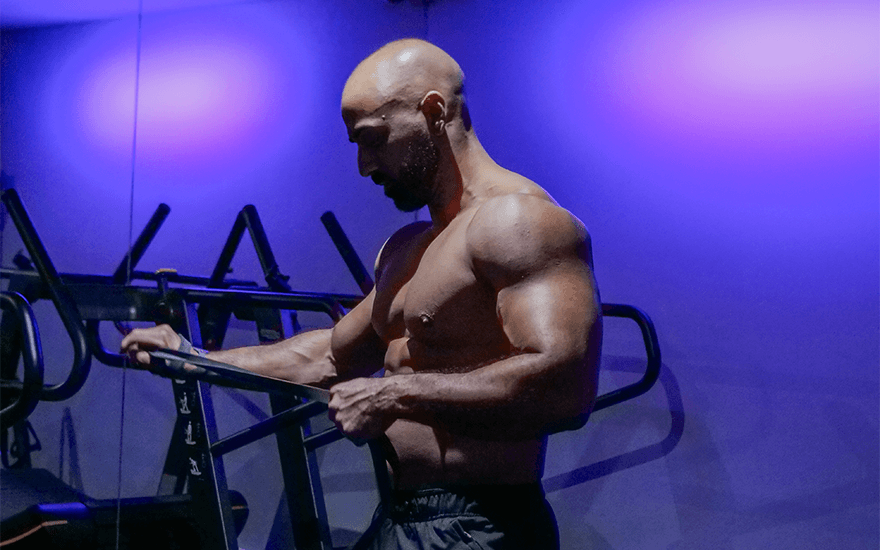
Take note of your everyday movements
“Just think about all the movement you do to bring a bag of groceries in from the car. First, you have to bend and reach for the weight that is out in front of you.
If it’s a light bag, you pick it up with one arm. Sometimes it’s stuck or in a weird position, so you have to rotate or twist your body a little bit to grab it. When it’s in your hand, you ask the side of your body that isn’t holding onto additional weight to help stabilize you. And maybe, you’re doing all of this with a child on your other hip. There’s a lot going on, and you’re probably not even aware of the movement you’re doing.
It’s maybe a tertiary focus if it’s conscious at all. Most injuries happen outside of the gym when we’re grabbing that bag of groceries or bending to pick up something from the floor. These are the moments we need to prepare ourselves for to stay in shape.
If you’ve trained for any sport or activity before, you may have heard the idea of ‘progressive overload’.
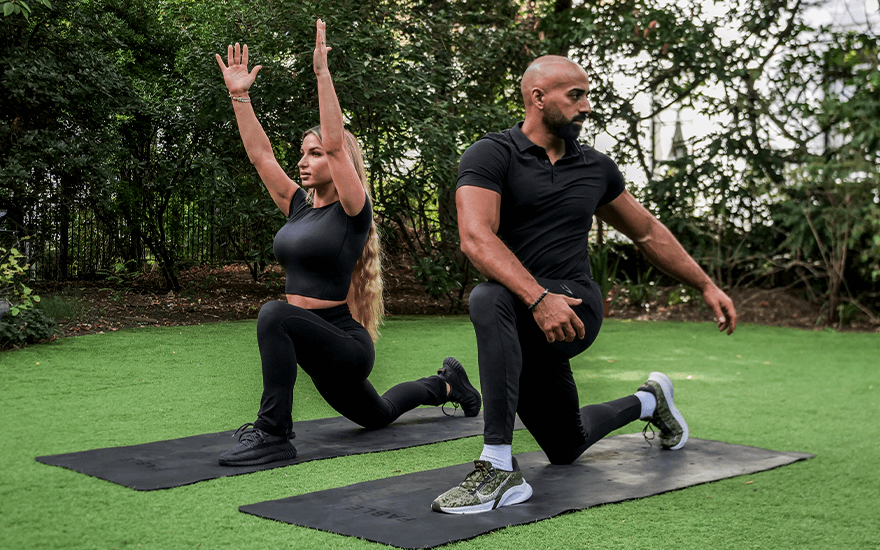
It’s the most important and foundational strength and fitness principle. Unfortunately, when you ask most fitness pros what it means, they’ll say it refers to ‘getting stronger’, and tell you that to do this, you must increase the amount of weight you add to an exercise incrementally over time.”
10 ways to create progressive overload without extra weight
Malik goes on to explain, “While load is one aspect of progressive overload, that isn’t what the term means in its entirety. Instead, progressive overload is about adding stress to the body that’s greater than before.”
Let’s dig a little deeper.
Ten variables that can add incremental stress to the body to create progressive overload:
- Load
- Volume
- Density
- Range of Motion
- Speed
- Plane of Motion
- Body Position
- Load Position
- Direction of Force
- Stability of Implement
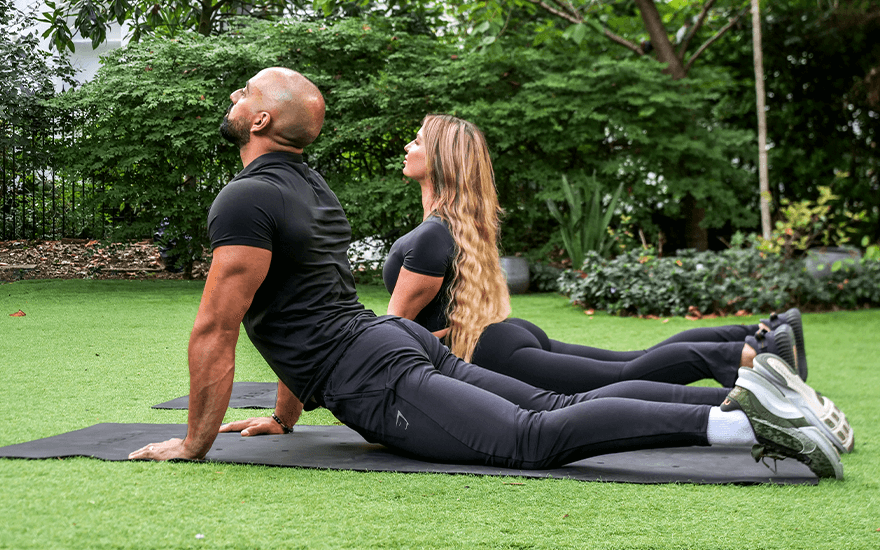
“Instead of just lifting heavier and heavier over time (usually, you progress quickly in the beginning, but also plateau quickly), you can add smaller, sometimes subtler challenges to other aspects of the exercise.
That way, the strength you’ll gain over time is totally functional and multi-faceted. You’ll not only grow stronger, but your body will know how to access that strength and use it to move and interact with the world around you.
It’s hardwired and translates to all of your movements in day-to-day life.”
